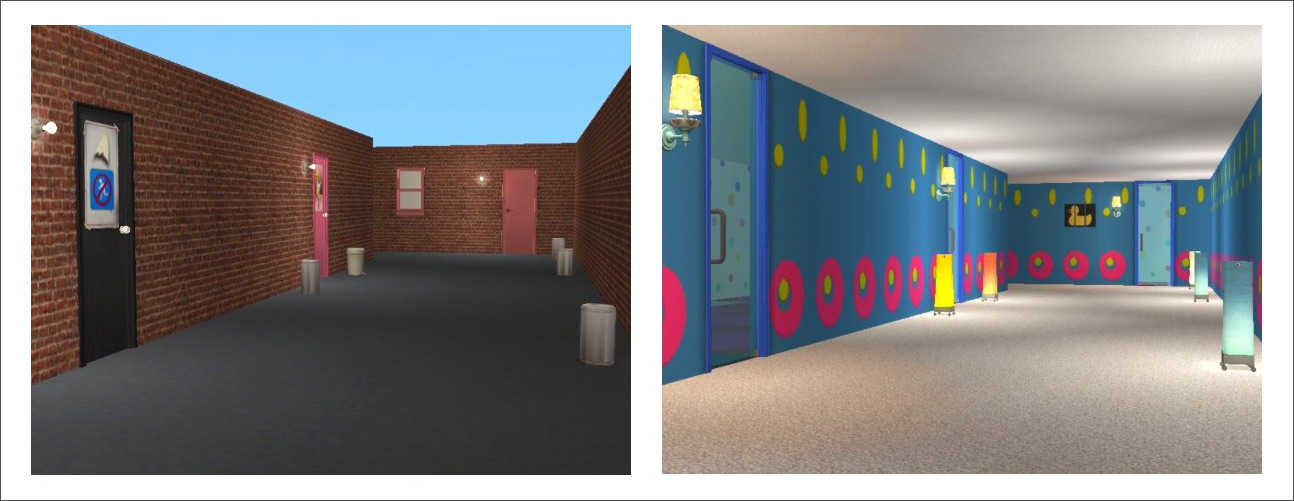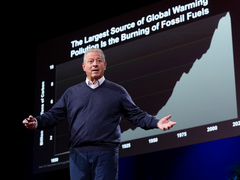
Déjà vu — we all know it when we feel it, but can researchers make it happen in someone else? Psychology professor Anne Cleary figured out a way.
Most of us know the feeling. You’re introduced to someone, you watch a new movie, or you walk down a street in an unfamiliar city, and then suddenly, you’re struck by the uncanny sensation that you’ve been through this all before. You know it’s impossible — there’s no way you could have encountered this person, film or street — yet it all seems so familiar. We call this “déjà vu,” a French phrase meaning “already seen,” first used in the early 20th century. Some researchers estimate that two-thirds of the population has experienced this phenomenon, which also may be accompanied by the conviction that you know what will happen next.
Ever since humans were first unnerved by déjà vu, they’ve probably wondered what was behind it. A surfacing of psychic ability? A memory of a dream? A trick of the imagination? Anne Cleary, professor of psychology at Colorado State University in Fort Collins (TEDxCSU Talk: Deja vu), fell down the rabbit hole of speculation after reading The Déjà Vu Experience, an academic book by Southern Methodist University psychologist Alan Brown. It covered several intriguing scientific hypotheses, including that déjà vu may be produced by random jolts of stimulation in the brain or by the brain re-playing information it had recorded just seconds before. But all the theories seemed to be just that — theories that were untested. Surveying them, Cleary says, “left me with the feeling that we were lacking in direct empirical evidence.” She decided to devise her own experiment, and it no doubt helped that she is familiar with studying slippery tricks of the mind — she has previously researched the tip-of-the-tongue phenomenon (where the word you want to say is frustratingly just out of reach).
Cleary was most interested in the hypothesis that déjà vu occurs when we encounter a scene that’s similar to a prior one that we can’t consciously remember. Our brains spot the resemblance, however, and that information is transmitted to us as a tingly feeling. Cleary’s friend Elizabeth Loftus (TED Talk: How reliable is your memory?), who is a memory researcher, had told her about how she once went to a woman’s house for the first time and was struck by a déjà vu so powerful that she believed she knew what was around the corner of the house (and she did). After a while, Loftus realized she had been there by chance years ago when she attended a wedding reception as the guest of a friend. When she asked her hostess about the event, the woman found an album with photos from that day — and they included Loftus.
How do you create déjà vu in the lab, to learn more about it? Using life-simulation video game The Sims, which allows people to build virtual spaces and rooms, Cleary and researchers constructed pairs of spaces that differed in outward details but were nearly identical in spatial configuration. Among them were a doctor’s office reception area that had a similar layout to an aquarium, a bowling alley that resembled a subway station, and a store laid out like a bedroom.
In the first part of one of Cleary’s déjà vu experiments, subjects — wearing virtual reality goggles — entered the game in one room (for instance, the aquarium). They stayed there for a few seconds, and then researchers zapped them into another space. Each space had its own distinct layout. In the second part of the experiment, subjects were zapped through another series of spaces, some entirely new and some with layouts that mimicked spaces from the first part. For each of the spaces in the second half of the experiment, subjects were asked several questions, including, Had they been in this scene before? Were they experiencing any feelings of déjà vu? Did this scene resemble a previous scene? And if it did, could they identify the previous scene or describe it?

Spatial resemblance + forgetting they’d been in a space with a similar layout = déjà vu. For example, when subjects who’d been in the bowling alley entered the subway station but failed to recognize it had the same layout as the bowling alley, they were more likely to report feeling déjà vu. And the degree of similarity affected how intensely they experienced that prickly sensation. In the second part of the experiment, some subjects were zapped into one of the same spaces — not just a spatial replica but the exact same space — that they had visited in the first part. If they forgot they had been there, they were even more likely to say they felt déjà vu. In general, the experimental subjects who reported déjà vu had no conscious awareness they’d been in similar-looking places. “We seem to have access to the feeling, but not much else,” Cleary says.
She also examined why people often feel, during a déjà vu experience, that they know what they will see next. Using the same scenes from The Sims, Cleary created videos, shot to convey a first-person perspective, that traveled through a series of virtual rooms. Since she wanted to be able to control the gaze of her subjects, the participants — a different group from the ones in the previous experiment — watched videos on computer monitors without VR headsets. For the first part of the experiment, they watched a video that walked them through virtual rooms by taking a particular sequence of turns. In the second part, they watched a different set of videos in which the camera took an identical set of turns through scenes. Half of the time, those scenes spatially resembled scenes from the first video.
So, in the first part, a subject would watch a video of walking into the subway station, looking right, taking one step forward, then glancing left. In the second part, the subject would watch a video that followed the exact same path — entering, looking right, then taking a step forward — but in the bowling alley (the subway station’s layout twin). However, the second video stopped right before the final move. Next, subjects were asked if they were experiencing déjà vu and if the scene reminded them of an earlier one. (The results, which have not yet been published, appeared to match those of the previous experiment in that subjects were much more likely to report déjà vu when they were in a scene that mapped onto a previous one they couldn’t recall.) Finally, subjects were asked: How strongly did they feel that they knew what the next turn would be? And what did they think the next turn would be? Cleary was not surprised to learn that subjects who experienced déjà vu frequently reported being able to predict the next turn.
But despite their belief in their predictive ability, subjects were frequently wrong. In fact, their accuracy was no better than if they’d chosen randomly. Nevertheless, “people have this strong feeling that they know the direction of the next turn despite not having that predictive ability,” Cleary says. “Maybe this happens because what they’re experiencing feels familiar, so they’re mistaking that feeling for confirming evidence they’re right.” She is designing an experiment to test that hypothesis.
The takeaway: We can study things that once seemed inexplicable and impossible to reproduce in a lab. As Cleary says, her studies are preliminary investigations: “They’re not the end of the story.” But she believes her work can teach us a larger lesson, one that has nothing to do with the workings of déjà vu: that we can use science to study even phenomena we assume are too mysterious to explain. All you need to do is design an experiment and then carry it out. “I don’t think there is much that’s out of the reach of science,” Cleary says. While people may wonder if there are significant differences between real déjà vu and lab déjà vu, she believes that this same question can be asked about many phenomena that are studied in labs. Scientific research begins under controlled conditions, where variables can be introduced and experiments can be created, executed and later replicated. Based on the conclusions, scientists can then go on to develop better and better experiments. Unravelling the mysteries of déjà vu does not take the wonder out of the phenomenon. “Looking for an explanation,” Cleary says, “is the interesting part.”















